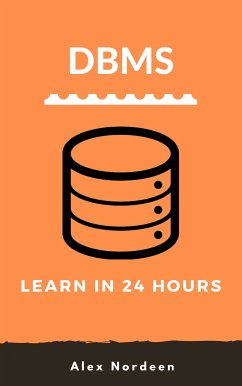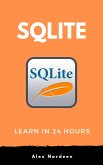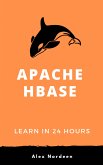Chapter 1: What is DBMS (Database Management System)? Application, Types & Example
What is a Database? What is DBMS? Example of a DBMS History of DBMS Characteristics of Database Management System DBMS vs. Flat File Users in a DBMS environment Popular DBMS Software Application of DBMS Types of DBMS Advantages of DBMS Disadvantage of DBMS When not to use a DBMS system?
Chapter 2: Database Architecture in DBMS: 1-Tier, 2-Tier and 3-Tier
What is Database Architecture? Types of DBMS Architecture 1-Tier Architecture 2-Tier Architecture 3-Tier Architecture
Chapter 3: DBMS Schemas: Internal, Conceptual, External
Internal Level/Schema Conceptual Schema/Level External Schema/Level Goal of 3 level/schema of Database Advantages Database Schema Disadvantages Database Schema
Chapter 4: Relational Data Model in DBMS: Concepts, Constraints, Example
What is Relational Model? Relational Model Concepts Relational Integrity Constraints Operations in Relational Model Best Practices for creating a Relational Model Advantages of using Relational Model Disadvantages of using Relational Model
Chapter 5: ER Diagram: Entity Relationship Diagram Model DBMS Example
What is ER Diagram? What is ER Model? History of ER models Why use ER Diagrams? Facts about ER Diagram Model ER Diagrams Symbols & Notations Components of the ER Diagram WHAT IS ENTITY? Relationship Weak Entities Attributes Cardinality How to Create an Entity Relationship Diagram (ERD) Best Practices for Developing Effective ER Diagrams
Chapter 6: Relational Algebra in DBMS: Operations with Examples
Chapter 7: DBMS Transaction Management: What are ACID Properties?
Chapter 8: DBMS Concurrency Control: Timestamp & Lock-Based Protocols
Chapter 9: DBMS Keys: Candidate, Super, Primary, Foreign Key Types with Example
Chapter 10: Functional Dependency in DBMS: What is, Types and Examples
Chapter 11: Data Independence in DBMS: Physical & Logical with Examples
Chapter 12: Hashing in DBMS: Static & Dynamic with Examples
Chapter 13: SQL Commands: DML, DDL, DCL, TCL, DQL with Query Example
Chapter 14: DBMS Joins: Inner, Left Outer, THETA Types of Join Operations
Chapter 15: Indexing in DBMS: What is, Types of Indexes with EXAMPLES
Chapter 16: DBMS vs RDBMS: Difference between DBMS and RDBMS
Chapter 17: File System vs DBMS: Key Differences
Chapter 18: SQL vs NoSQL: What's the Difference Between SQL and NoSQL
Chapter 19: Clustered vs Non-clustered Index: Key Differences with Example
Chapter 20: Primary Key vs Foreign Key: What's the Difference?
Chapter 21: Primary Key vs Unique Key: What's the Difference?
Chapter 22: Row vs Column: What's the Difference?
Chapter 23: Row vs Column: What's the Difference?
Dieser Download kann aus rechtlichen Gründen nur mit Rechnungsadresse in A, B, BG, CY, CZ, D, DK, EW, E, FIN, F, GR, H, IRL, I, LT, L, LR, M, NL, PL, P, R, S, SLO, SK ausgeliefert werden.









